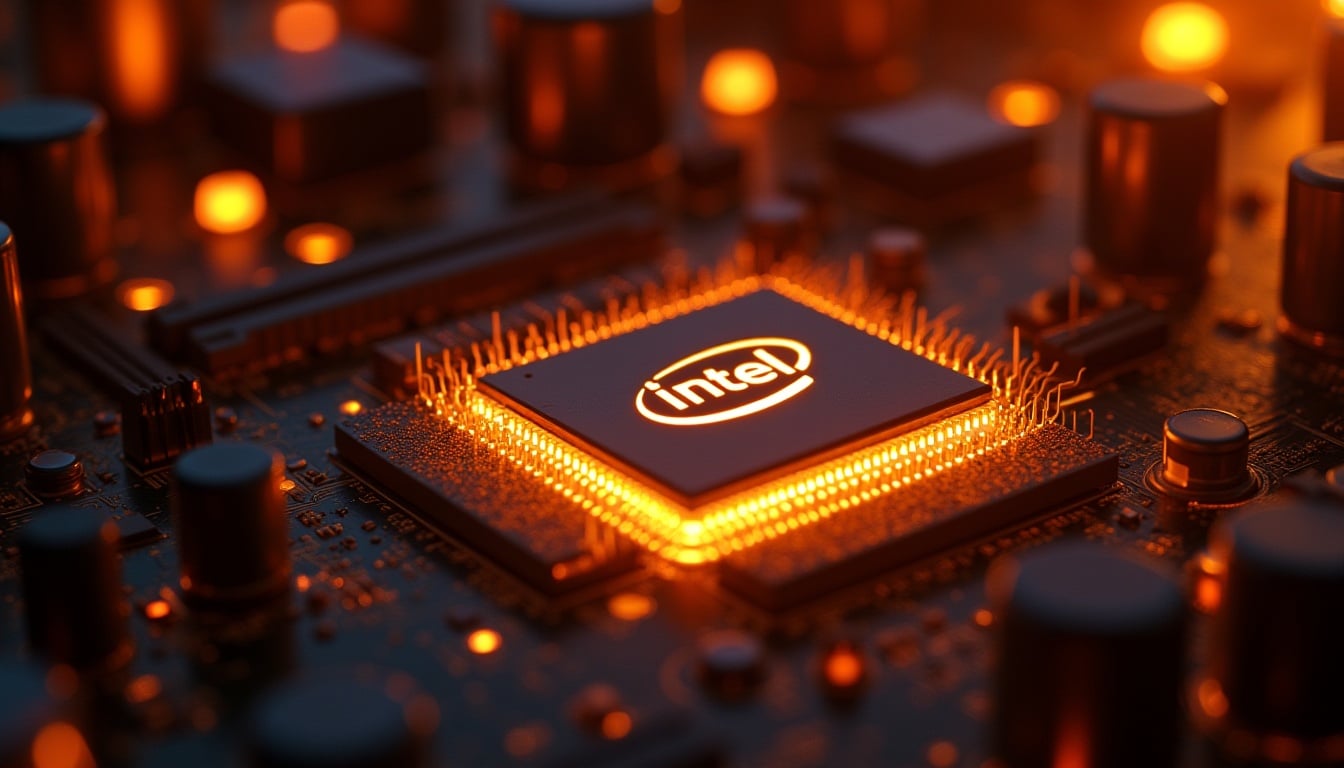Intel has filed a new patent in Europe that introduces the concept of Software Defined Super Cores (SDC), a technology aimed at rethinking how processors handle the most demanding workloads. The approach involves two or more physical cores working together as if they were a single larger core, presented to the operating system as such.
The core idea is to optimize single-thread performance, which has traditionally been driven by increasing frequency or by increasingly complex and power-hungry cores. With SDC, Intel aims to avoid these limitations by combining multiple cores through software and light hardware support, enabling dividing a program into parallel code blocks that are then executed concurrently while maintaining proper order.
Efficiency and performance per watt
The major benefit, as described in the patent, is a better performance per watt. Instead of relying on ever-larger and harder-to-scale architectures, SDC would distribute instructions across multiple cores sharing a common memory space for low-latency data exchange.
Additionally, the design would allow the processor to switch between normal mode and super core mode depending on the software’s nature. Heavy single-thread loads could benefit from the cooperation of multiple cores, while other applications would continue to leverage traditional parallelism.
Comparisons and background
The proposal quickly drew comparisons to earlier designs:
- AMD Bulldozer and its CMT (Clustered Multi-Threading): Initially, this aimed to split a core into shared modules. Intel suggests the opposite approach: merging full cores.
- Inverse Hyper-Threading: A rumored concept from the Pentium 4 era, proposing to link multiple cores to improve single-thread performance. The difference is that now Intel formalizes this in a patent with a more mature approach.
- Project Royal Core: Intel’s ambitious but canceled plan to achieve huge IPC improvements, proven infeasible due to size and cost. Some analysts believe that SDC could be a more realistic evolution of that goal.
The software and OS challenge
Beyond the concept itself, the key will be in software and operating system adaptation. Task scheduling would need to recognize and utilize these “super cores,” which would require significant changes to the scheduler and potentially to compilers.
The patent document (EP4579444A1) details how instruction synchronization and execution block distribution would be managed, though it still leaves open practical questions such as the impact on existing systems or the cost of integrating this technology into mainstream processors.
Looking ahead at Intel
Although still in the research phase, Software Defined Super Cores could influence processor development beyond Arrow Lake, entering the second half of the decade. The approach shows that Intel is seeking new ways to scale single-thread performance without relying solely on larger cores or increasingly difficult frequency increases.
If successfully implemented, this could mark a significant evolution in CPU architecture, potentially redefining how hardware and software interact.
Frequently Asked Questions (FAQs)
1. What are Intel’s Software Defined Super Cores?
They are a patented concept that allows multiple physical cores to function as a single larger logical core, optimizing single-thread performance without resorting to larger, more expensive architectures.
2. How is it different from previous technologies like Hyper-Threading?
Hyper-Threading splits a single core to simulate multiple threads, whereas SDC does the opposite: merging multiple physical cores to act as one.
3. What are the advantages of SDC?
Higher performance per watt, flexibility to adapt to different workloads, and improved execution of single-threaded applications.
4. When might processors with SDC arrive on the market?
There are no official dates yet. The patent indicates a research pathway that could lead to consumer products in the latter half of the decade if the technology passes feasibility tests.
5. What challenges does this idea face?
Proper adaptation of operating systems and software to recognize and utilize these super cores, along with balancing cost, complexity, and real benefits.

